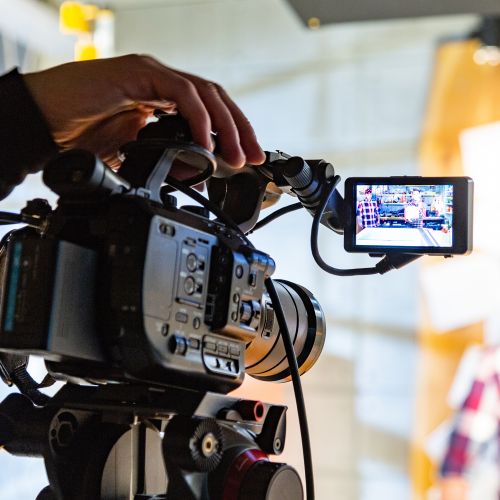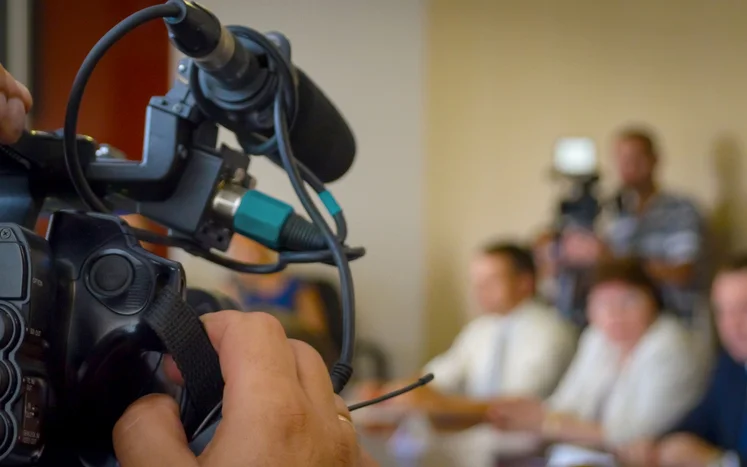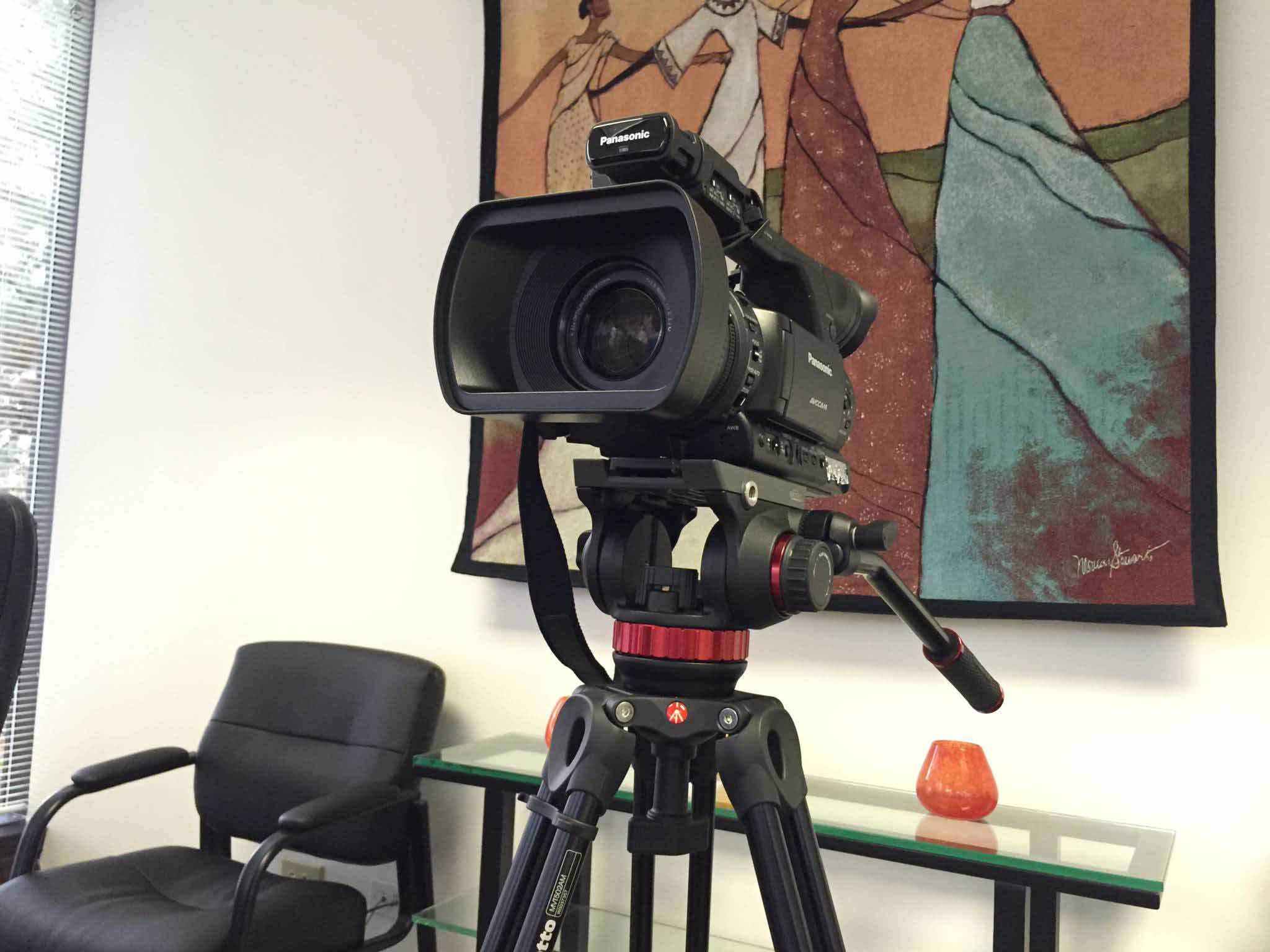Legal Videography: A Comprehensive Overview to Recording Depositions
Legal Videography: A Comprehensive Overview to Recording Depositions
Blog Article
Trick Benefits of Making Use Of Videography in Legal Cases
The assimilation of videography in lawful situations offers a variety of tactical advantages that can considerably influence trial results. As the legal landscape continues to advance, the implications of leveraging videography in trial settings merit closer exam, particularly in recognizing exactly how these advantages equate right into concrete outcomes in the court room.
Enhanced Proof Discussion
Improved proof discussion through videography has actually revolutionized the way legal situations are argued and recognized in the court. By integrating high-quality video clip recordings into legal process, attorneys can communicate complex info in an extra understandable and appealing manner - Legal Videography. Videography permits the visualization of evidence, making it easier for juries and judges to comprehend the context and importance of the here and now realities
Along with boosting clarity, videography can additionally record real-time occasions, supplying a genuine representation of occurrences pertinent to a case. This immediacy can significantly affect the persuasiveness of an argument, as aesthetic proof frequently reverberates a lot more highly than created documentation. Additionally, video proof can include critical components such as body language, intonation, and environmental aspects, all of which add to an extra holistic understanding of the situation.
Using videography also permits efficient company of proof, making it possible for lawyers to provide their debates in a rational and meaningful way. By purposefully integrating video clip right into their discussions, lawyers can assist in a more reliable analysis of the proof, ultimately causing notified decision-making by the court. The transformative power of videography in lawful contexts is both important and obvious.
Enhanced Witness Reliability

Video clip evidence can also alleviate prospective biases that might arise from the witness's appearance or mannerisms in a real-time setting. By providing a well-produced video, legal teams can ensure that the focus remains on the web content of the testimony instead of nonessential factors that might undermine trustworthiness. Furthermore, the chance to review documented declarations can fortify witness consistency, as inconsistencies can be dealt with before trial, bring about even more reliable statements.
Additionally, the durability of videography supplies a safeguard against memory degeneration or misinterpretation in time. By having a clear, proven account of witness statements, lawful specialists can build a stronger situation, reinforcing the general credibility of the witness and, as a result, the honesty of the judicial procedure.
Involving Jury Experience
Videography can considerably boost the court's engagement throughout legal proceedings. By including top notch video presentations, lawful teams can record and keep the interest of jurors, transforming complex information into aesthetically compelling narratives. This interaction is important, as jurors frequently struggle to take in dense legal terms and complex information presented only through conventional ways.
Video proof permits jurors to witness events as they unravelled, giving context that composed testimonies might do not have. Using dynamic visuals can stimulate emotional actions, making the situation a lot more our website unforgettable and relatable. For instance, monitoring footage or reenactments can highlight vital minutes, enabling jurors to envision the evidence in a compelling manner.
In addition, videography can promote a more interactive experience. Jurors can see and listen to witnesses, which adds a layer of credibility and immediacy that composed records can not duplicate. This multi-sensory method cultivates deeper comprehension and retention of today material.

Efficient Case Narration
An engaging story is essential for efficient instance storytelling in the court. Videography acts as a powerful tool to present this story and craft, engaging the jury and enhancing their understanding of the situation. By visually showing the events causing the lawful dispute, videography enables lawyers to show complex circumstances in a relatable and clear fashion. This narration approach can evoke emotional feedbacks and foster compassion, creating a deeper connection in between the jury and the instance.
Incorporating aspects such as witness animations, interviews, and reconstructions, videography offers a multi-dimensional viewpoint that traditional techniques can not attain - Legal Videography. This visual representation not just help in making clear realities but also helps jurors maintain vital info. The dynamic nature of video clip can break down obstacles of understanding, making detailed details much more accessible.
Ultimately, reliable situation storytelling via videography transforms the court experience, allowing lawyers to present their disagreements in a engaging and persuasive way. By utilizing the power of visuals, legal experts can significantly boost their capability to communicate important stories and attain favorable outcomes for their clients.
Preservation of Testaments
Maintaining testimonies is a critical facet of legal proceedings, as the accuracy and integrity of witness declarations can considerably influence the result of an instance. Videography serves as a reliable tool in this regard, making sure that testaments are recorded in their initial context, consequently minimizing additional reading the risk of misinterpretation or distortion over time.
By recording non-verbal and verbal signs, videography offers an extensive account of witness statements, which can be moved here indispensable throughout test process. This method not only records the content of the testimony yet also maintains the disposition and emotional reactions of witnesses, using juries a richer understanding of the statement's trustworthiness and significance.
Moreover, using videography assists in a much more reliable testimonial of statements during pre-trial prep work or post-trial analyses. Attorneys can take another look at tape-recorded statements to clear up details, analyze variances, or develop strategies for cross-examination.
Basically, videography improves the preservation of statements, fostering a clear legal procedure that can bring about more fair end results. By securing the stability of witness statements, legal specialists can better support for their customers and promote the principles of justice.

Final Thought
In final thought, the integration of videography in legal situations considerably boosts the presentation of evidence, strengthens witness credibility, and captivates juries through engaging visual web content. Jointly, these benefits emphasize the important function of videography in modern-day legal practices, inevitably adding to even more enlightened judicial results.
The integration of videography in lawful instances provides a range of tactical benefits that can significantly influence trial end results.Boosted evidence presentation through videography has revolutionized the method legal cases are suggested and comprehended in the court.Videography can dramatically raise the court's involvement throughout legal procedures. By aesthetically showing the events leading to the legal conflict, videography enables attorneys to show complicated situations in a relatable and clear fashion.In final thought, the assimilation of videography in lawful cases substantially boosts the presentation of evidence, strengthens witness credibility, and captivates courts with engaging visual material.
Report this page